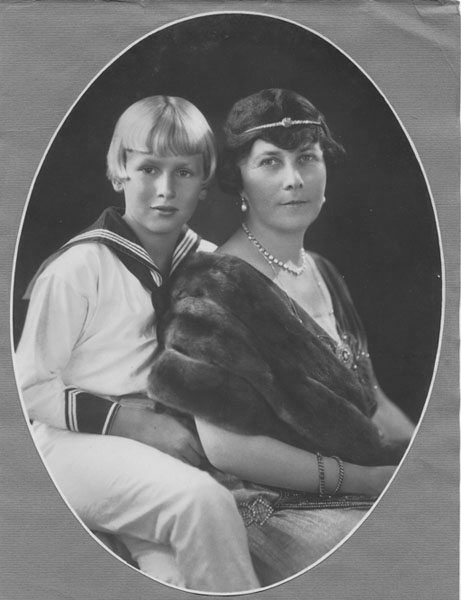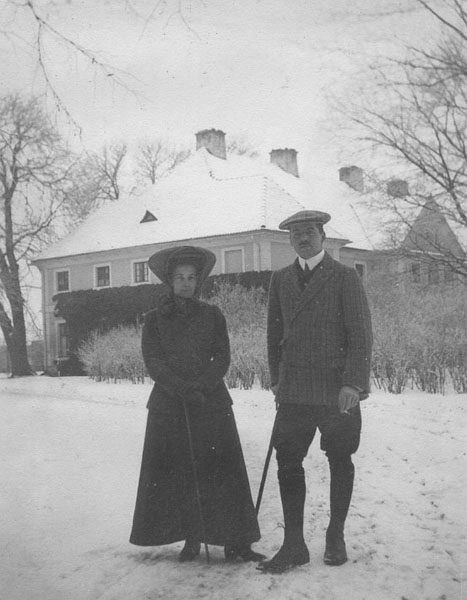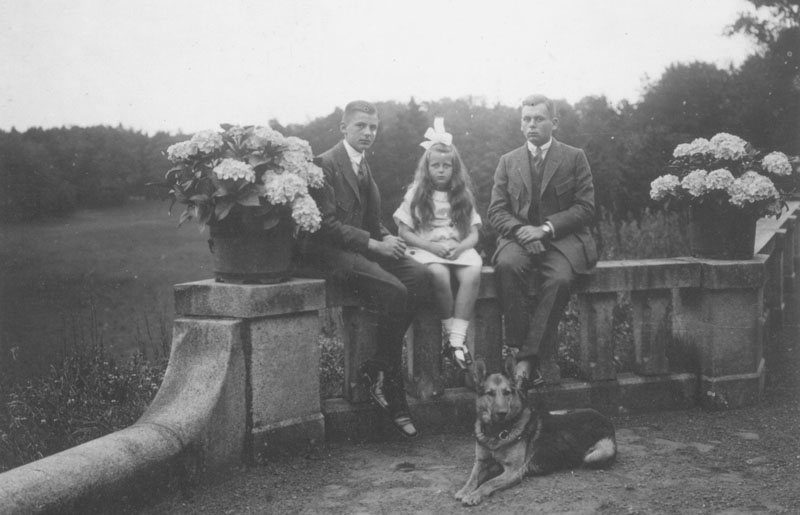
The beginning of the story...
Over seven hundred years ago, during the Middle Ages, when forests covered most of the old region of Great Poland, the Benedictines from Lubin brought settlers to its western borders and allowed them to find settlement in the heart of the area. The brave-hearted and hard-working people quickly paid their debt to their benefactors by building homes and creating the first shapes of what was to soon be called Wonsowo (derived from the word: moustache). It is believed that the name was inspired by the common appearance of its first residents.
About one hundred years later, the estate became a property of Pawel from Niegolewo, a knight and a member of a noble family from the region. In the following few centuries, the estate changed its ownership multiple times between a few aristocratic families from Great Poland, including the Rogowskis, the Zakrzewskis and the Raczynskis.
In 1781, Sylwester Sczaniecki, the head of Sroda County and a Member of the Parliament, purchased the land and began construction of his family mansion. The manor, built between 1781 and 1786, combined both Baroque and Classical styles, both very popular among late 18th century Great Poland nobility.
Breakthrough moments
The excellence of the former owners’ style was truly reflected by the architecturar beauty of the the triangular pediment with Sczanieckich’s coat of arms – Ossoria, Skórzewskich and Ogończyk, as well as in the beautiful neighborhood chapel built between 1786 and 1790.
As a result of many historic upheavals during that time, numerous Polish families lost their fortunes, including the Sczanieckis family. By force of on obligatory purchase, the dilapidated estate became the property of Ludwik Lewinka, a merchant from Tuchola, who subsequently sold it to Richard von Hardt, a banker from Berlin. Between 1870 and 1872, the new owner, Richard von Hardt, decided to construct another magnificent building on his newly acquired property, regardless of the fact that the property already included a spacious Palace built 90 years earlier by Sylwester Sczaniecki. The new palace, designed by a famous Berlin architect, Gustaw Erdmann, resembled a medieval castle – a true resemblance of the traditional, romantic, medieval legends that von Hardt was brought up around. After von Hardt’s death in 1898, the left behind property consisted of Wasowo and its dependent properties of Chraplewo i Głupoń. It was later inherited by his son, Friedrich Wilhelm von Hardt (1855-1938). Richard von Hardt was buried at the Wasowo Park Cemetery, a historical site now open to visitor. Shortly before 1900, in preparation for a visit from the Emperor William II to Wasowo, the Wasowo Palace residence was significantly expanded adding another wing, an impressive gate and a restructured tower – all of the additions that have the site an impression of a neo-Gothic castle. After Friedrich Wilhelm’s death in 1938, his eldest son, Richard von Hardt (1882-1945) became the owner of the property. The newest owner died in Wasowo during the Soviet troops invasion. After World War II, the entire land, its mansions and all of the remaining properties of Wasowo were taken over by the Polish State Treasury and turned into state-run farms.


From the past to the present
Since 1995 the Palace in Wąsowo has been in private hands. It has been carefully restored and turned into a hotel and restaurant center.
On February 19, 2011, a fire broke out in the Hardt Palace, which destroyed a large part of the building. Despite many obstacles, thanks to the commitment of the hotel owners, the facility was rebuilt and made available again in a few months. The roof was reconstructed, the former appearance of the historic rooms was restored and the hotel part was renovated. The culmination of the reconstruction was the reconstruction of the palace tower in autumn 2017.
In 2012, the palace gained a new facility – a conference and banquet room called “Park” with an area of 400 m2. Located in the quiet of a charming English park, it is an ideal place for training, weddings or banquets.



